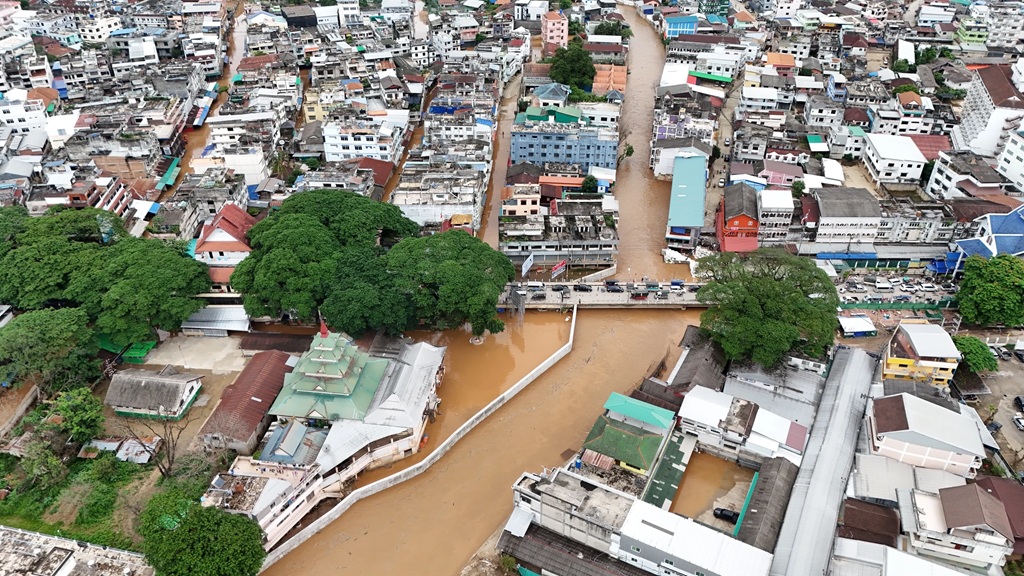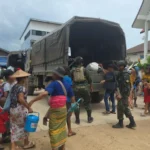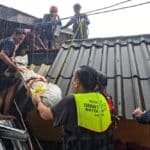CHIANG RAI – The water level in the Sai River, marking the border between Thailand and Myanmar, has risen well above double the usual amount. This increase comes even though rainfall upstream has been low. Barriers along the banks have held up, with only minor flooding in some side streets on both the Mae Sai and Tachileik sides.
The Department of Disaster Prevention and Mitigation, together with Chiang Rai province, has monitored water levels at the Jotada station in Myanmar and the Thai-Myanmar Friendship Bridge No.1. Both sites reported a steady rise, raising concerns that the Sai River might overflow starting from 8 am on 4 July.
Four main communities in Mae Sai district are on alert for possible overflow: Sailomjoy in Wiang Phang Kham Subdistrict, Ko Sai in Mae Sai Subdistrict, Mai Lung Khon in Mae Sai Subdistrict, and Muang Daeng in Mae Sai Subdistrict.
Residents in low-lying riverbank areas have been asked to stay prepared and pay close attention to updates. Special care is being organised for the elderly, those with health issues, and young children.
At 1.30 pm on 4 July, water levels had steadied yet remained under watch. Earlier that morning, water seeped into the Mai Lung Khon community through drainage pipe joints, causing some localised flooding. Officials quickly blocked these entry points and pumped water out, bringing the situation back to normal.
Flooding in Tachileik
Across the border in Tachileik, Myanmar, water overflowed onto roads along the river as local embankment projects remain unfinished. Both sides are watching the situation carefully in case water levels rise again.
Notably, the high water in the Sai River does not match recent rainfall figures. For example, rainfall at Utun Ong Bridge in Sop Sai village, Tachileik, was just 13 millimetres. Jotada village saw 4.2 millimetres, Doi Tor Kham village recorded none, and the Thai-Myanmar Friendship Bridge No.1 area received only 2.6 millimetres.
Worayut Khombun, the district chief of Mae Sai, has sent local authorities around with loudspeakers to inform people so they can protect their belongings in time. This includes communities such as Hua Fai, Tham Pha Chom, Sailomjoy, Ko Sai, Mai Lung Khon, and Muang Daeng. If the upstream water level rises further, downstream areas could be affected.
He said current water levels are similar to those seen on 24 May, but stronger defences and large sandbags now protect communities. Although there may be some small leaks, widespread flooding has not occurred.
Recent checks at Jotada village showed water levels are now dropping. Still, residents along the river are encouraged to move valuables to higher ground as a precaution.















